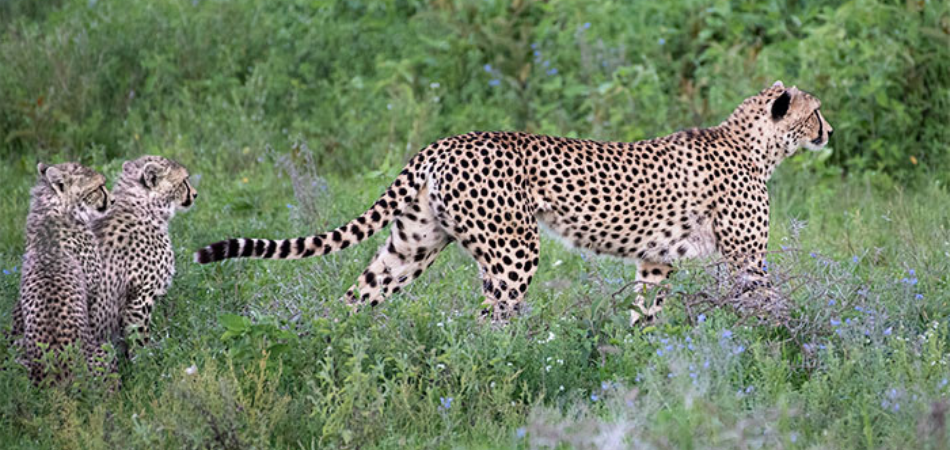
It’s 7.30 and you wake up to a beautiful morning. Mild breeze with dew-laden freshness is all around your cottage. After gobbling some sandwiches and chicken salamis from the breakfast table, you check-out from the Simbha Lodge and are now ready to travel from Tarangire to Lake Ndutu.
Lake Ndutu, your next destination is one of the national parks of Tanzania that is fabled to be the home to prolific untamed existence. Unquestioningly therefore, a place likely to be frequented by the connoisseurs of wild life
Located nearly 225 kms away from Tarangire National Park in the northwestern part of the Ngorongoro Conservation Area, Ndutu, apart from its natural flora and fauna has fabled grasslands that stretch far into the nearby Serengeti.
(Serengeti National Park, by the way is the next place of your visit.) Tarangire to Lake Ndutu
The overnight rain has converted the muddy road leading to highway sodden and saturated with water. Intermittent soft patches are scary and overwhelm you with horrifying thoughts of your vehicle’s wheels getting stuck in. Kimando, driver cum guide of ‘Monkey Adventures Tours‘, however applies his experience and driving skills to circumvent each of these egregious challenges with adroitness. T
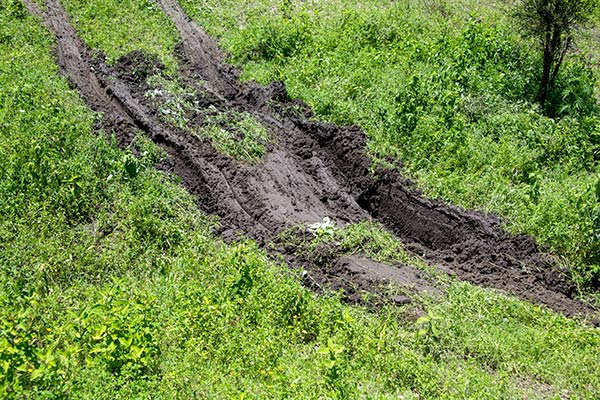
Fauna on the way
Battling the slush, a couple of kilometers on, you see this stunning, ‘Southern Red Bishop’. Hopping around over the mid-size trees, this one is around 10-11 cms in length. With its thick conical beak, black forehead extending from face to neck and orange plumage over its body makes this avian look incredibly attractive.
You cannot help but halt, follow this tiny agile bouncing beauty, take its pictures before it finally flies off. Tarangire to Lake Ndutu
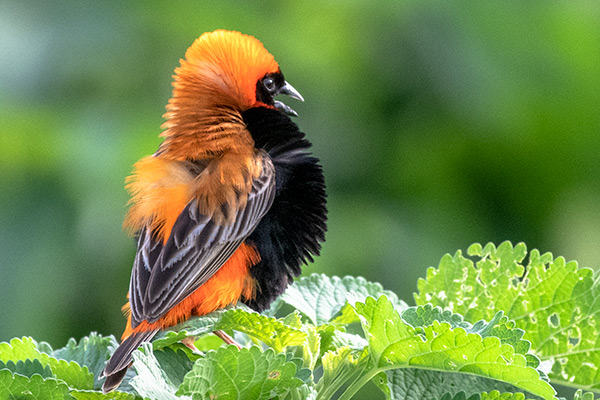
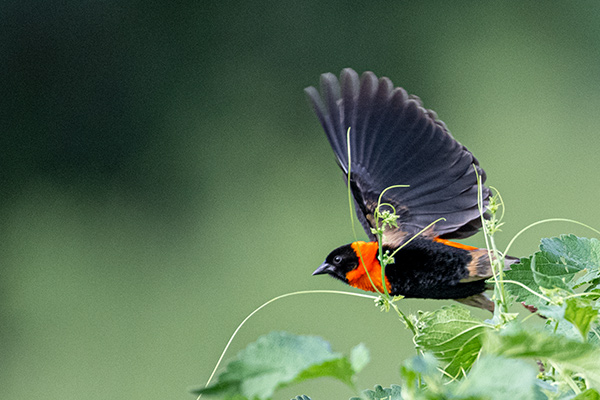
Still away from the highway, along this muddy trail, you see one delightful multi-colored Grey headed Kingfisher perched on a tree branch. A slim Black headed Heron too is spotted wandering in the field nearby. Wow, Red-Wattled Lap-wing is not far away either.
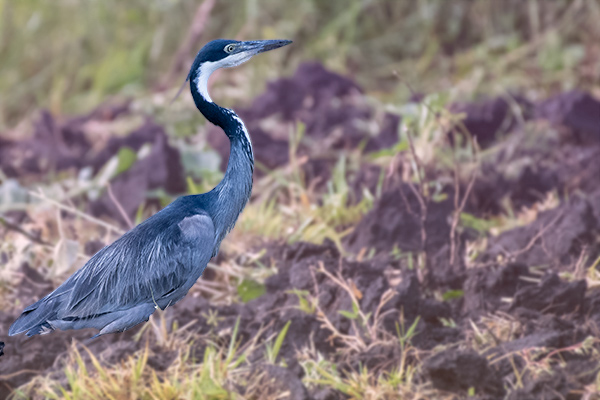
Black-headed Heron
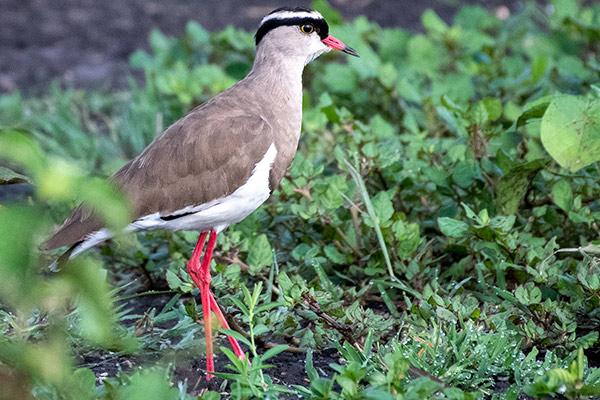
Red Wattled Lapwing
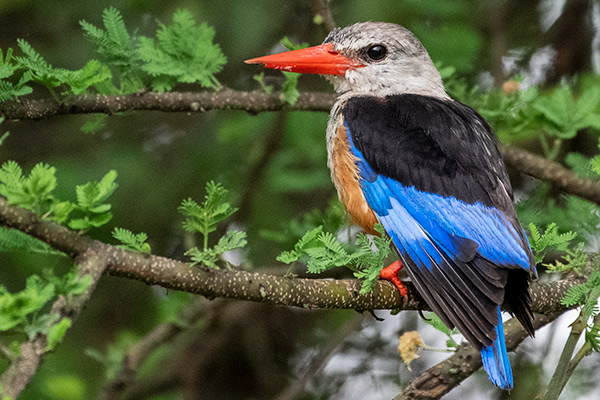
Grey Headed Kingfisher
Moving forward you come across an exceptionally cute looking small song bird called Yellow-throated Warbler. Further ahead are the set of Sunbirds that include Common Sunbird, Pygmy Sunbird , Amani Sunbird. In the end is this weird looking heavily feathered Guinea Fowl before you touch the highway.
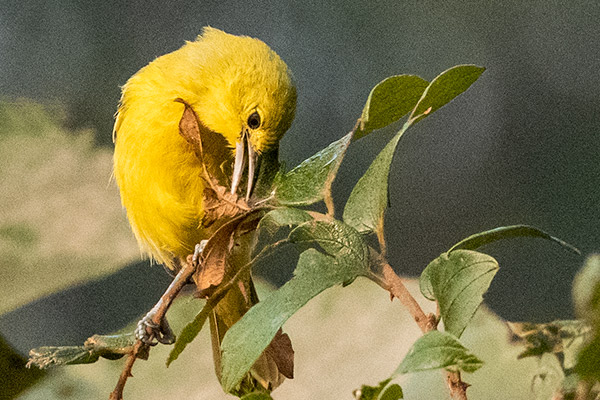
Yellow-throated Warbler
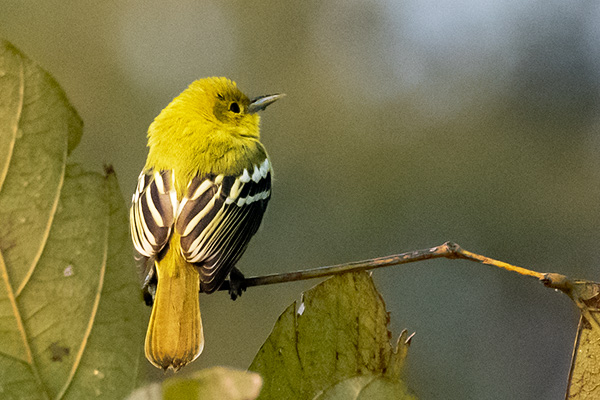
Yellow-throated Warbler
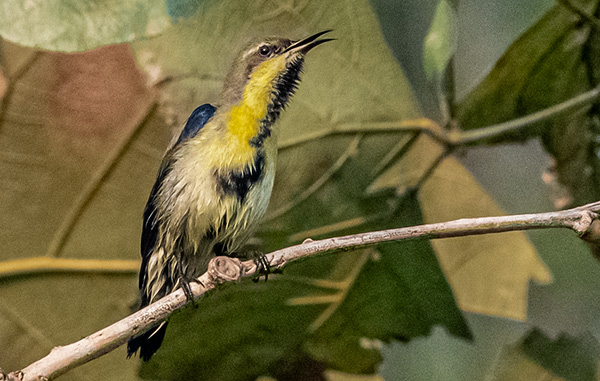
Sunbird
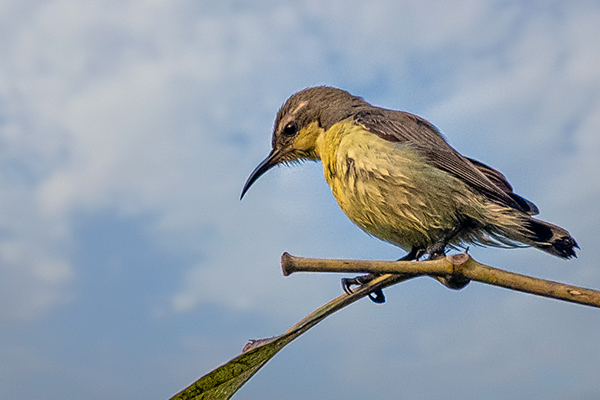
Pygmy Sunbird
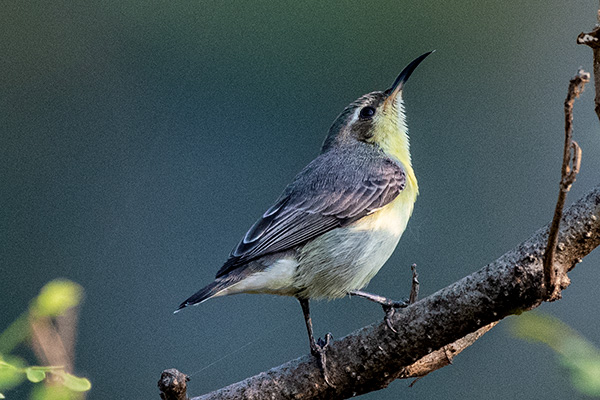
Amani Sunbird
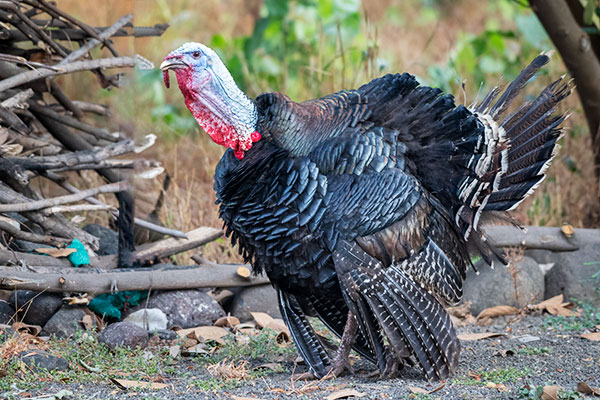
Guinea Fowl
On reaching the highway, Kimando pulls down the Pop-up roof. Following which you put the camera gears aside and start to watch scenes outside through the window.
Mtomva
Minutes later, Mtomvu, a small town famous for growing variety of bananas and fruits passes by. Queue of vendors selling the same along the way is the undeniable testimony.
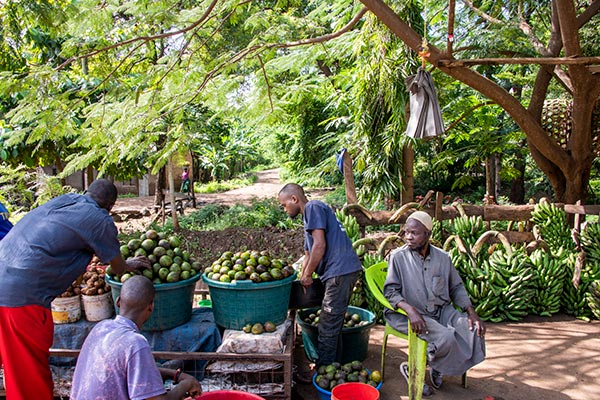
Tanzanite Tour at Art Gallery
So after traversing nearly 125 Kms you reach Manyara. You are now a bit tired. The ‘African Art Gallery’ situated right beside the road here is presumably is the best place for a break. Once the jeep is parked, you quickly get down and move inside. Now walking through the ‘Tanzanite Tour’ you witness scores of alluring ‘Tanzanite’ stones of various shapes and sizes displayed for sale.
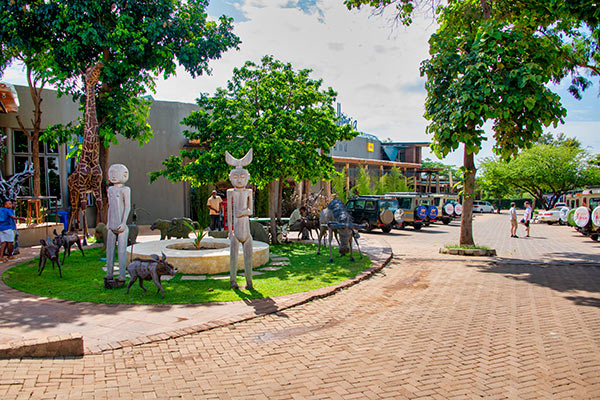
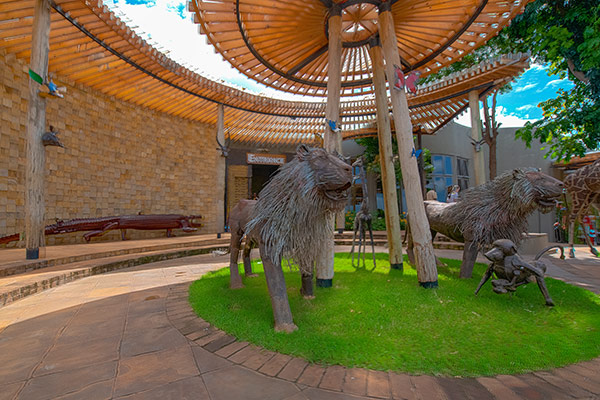
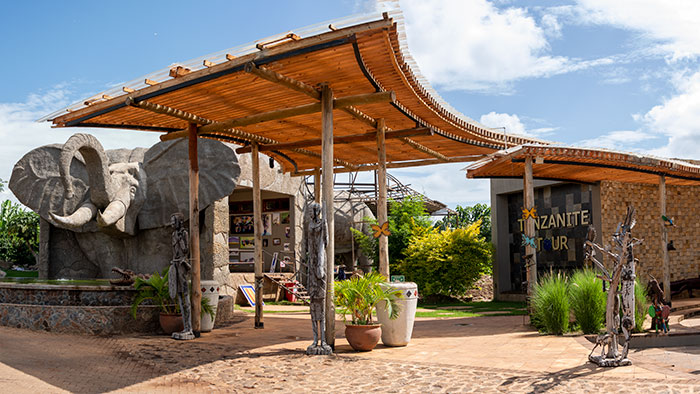
Admiringly you pass by them resisting increasing temptation to carry one of them with you back home. At the café a hot cup of coffee ensues before you resume journey forward.
Ngorongoro Crater
‘Karartu’, is a large town that has a place from where you get the panoramic view of the famous ‘Ngorongoro Crater’. Around 610 mt deep below, this Ngorongoro Crater is in-fact a ‘Caldera’. (Caldera , is the name given to a large volcanic crater formed by major eruption that eventually led to the collapse of the mouth of the volcano).
Surrounded by hills, this Caldera is about 18 kms wide in diameter and has an area of approximately 260 Sq kms.
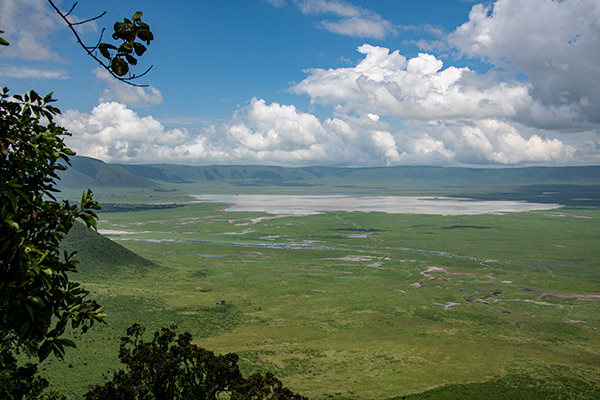
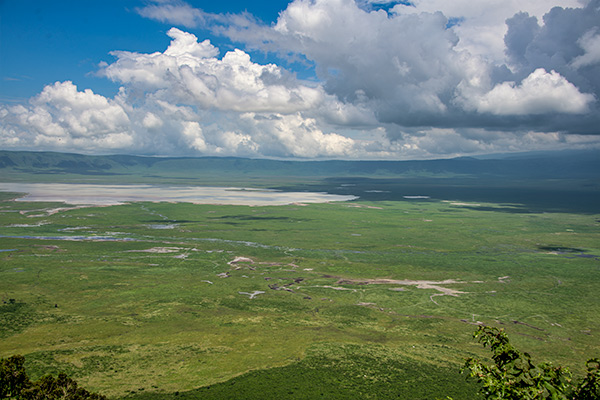
As legend has it, hundreds of years ago, the ‘Masai‘ (Nilotic People) who entered Tanzania through river Nile now stay here in its periphery. Apparently, ‘Ngoro Ngoro’ is the ‘sound produced by the bell that’s tied around the Cow’s neck’.
After capturing few pictures of the crater, you move.
Lunch Break
Its afternoon and time for Lunch. Kimando drives you to the nearby ‘Nayati Transit Picnic Site’ along the way. Several tourists have already assembled in-here, presumably for the same reason; to satiate their hungry bellies.
You too occupy a table, open the pre-packed lunch box and have its contents. Not so tasty. but its ok.
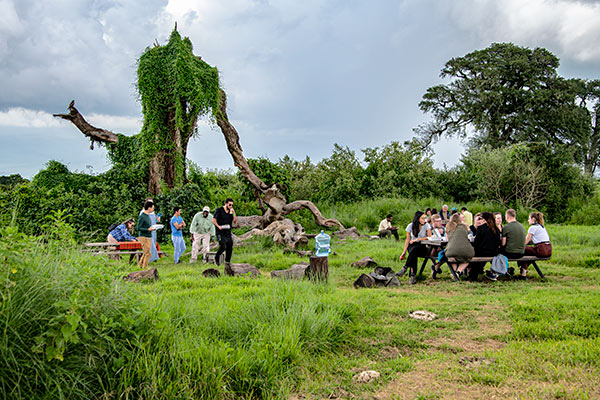
Nayati Transit Picnic Site
So, just as you prepare to leave, right at its periphery, a Tawny Eagle with distinct feathered legs is sighted stationed atop a massive dead tree. Needless to say, with camera in your hand, you run to capture images of this ‘bold booted eagle‘.
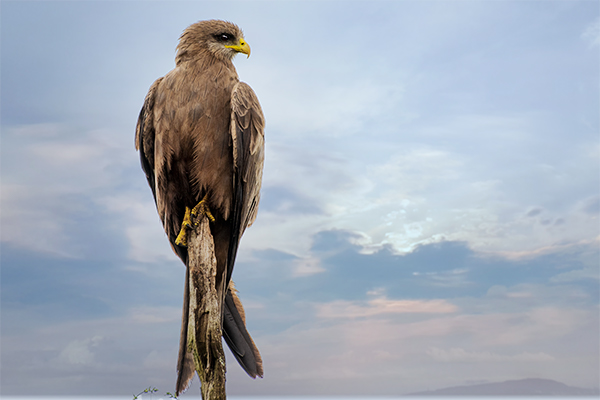
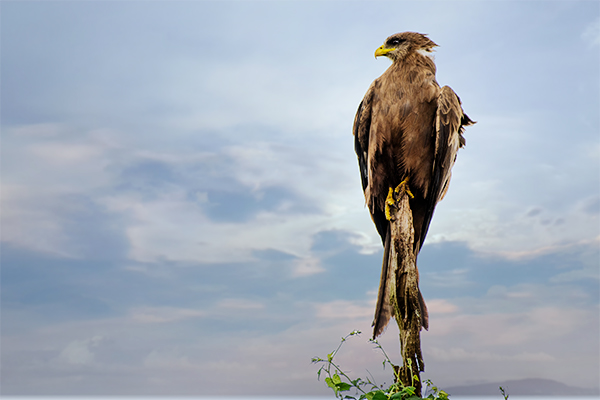
Ngorongoro Conversion Area
Driving few kms, you now pass through the gate that takes you into the Ngorongoro Conservation Area. Estimated to be of a massive 809,440 hectares, Ngorongoro Conservation Area reputedly consists of extensive areas of highland plains and savannah (grassy large plain with few trees) woodlands.
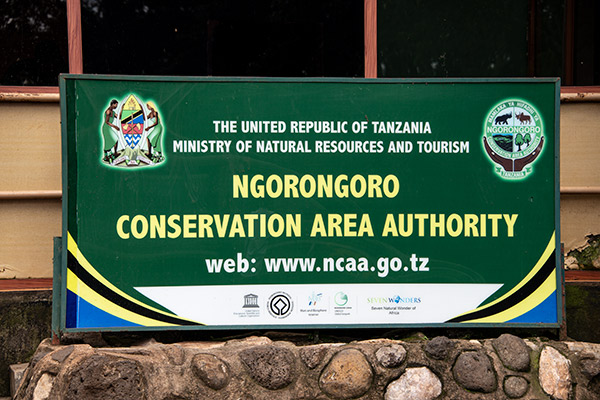
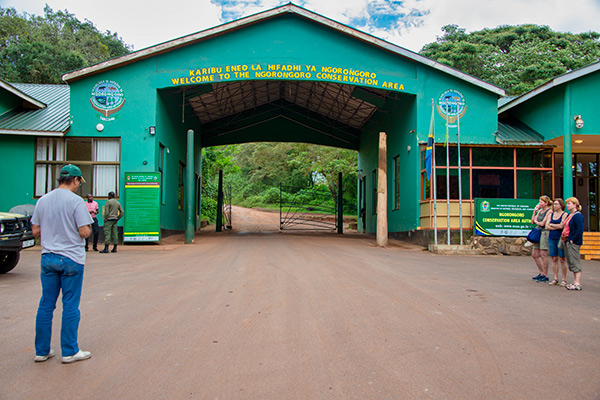
Shortly afterwards, you turn left towards Ndutu. Here you notice the road is partly paved, sandy and therefore experience bumps every now and then. On both your sides you see large flat grasslands with koppies. (koppies are the small hills scattered in-between vast grasslands).
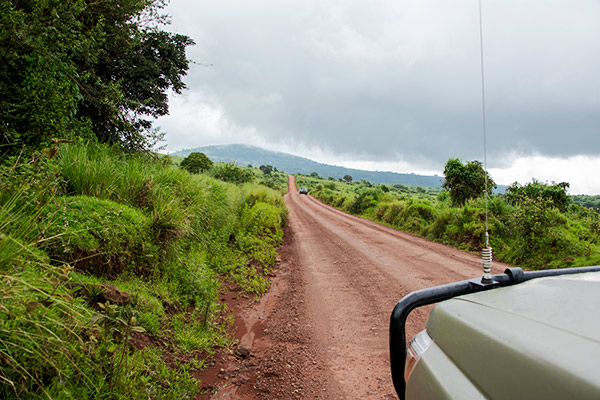
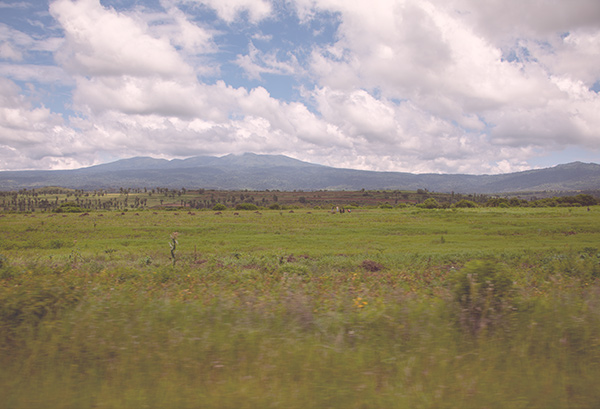
In the savannah scores of wildebeest supporting distinct golden beard, stripped zebras and antelopes walk side by side, supposedly as the part of their annual migration ritual. Interestingly, there seems no visible camaraderie neither animosity between these diverse mammals.
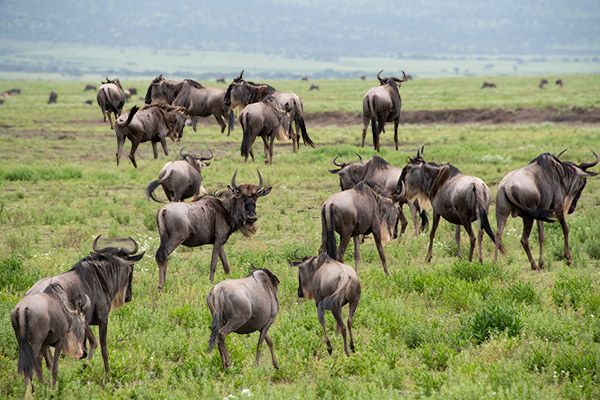
Wildebeest
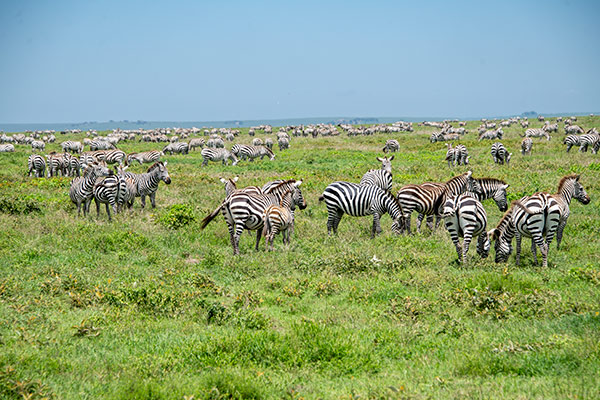
Zebras
Being the calving season, you should not be surprised seeing few young ones tagging along with the group albeit more closely with their mothers.
Cradle of Humankind
Further on the way, about 25 kms before you reach lake Ndutu is this world’s famous archeological site called “Olduvai Gorge“, also known as “the cradle of Humankind“. Its fame emanates from the fact that it reveals the outstanding record of human’s biological and technological evolution over time.
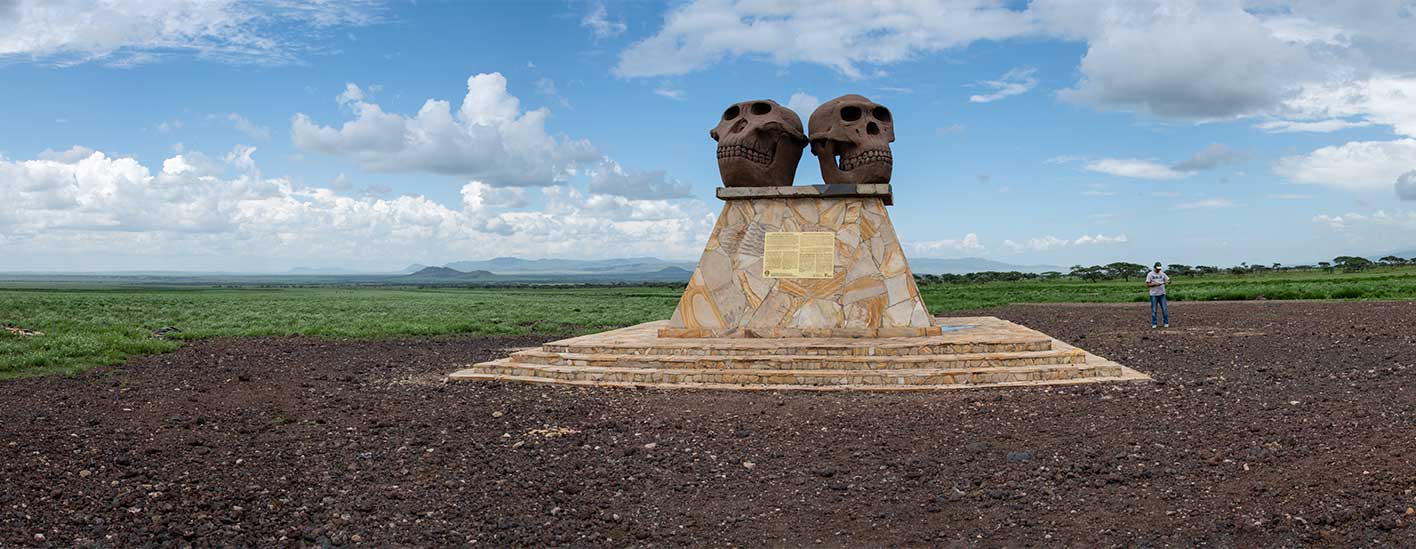
Olduvai Gorge – Cradle of Humankind
Later passing little away from a typical Masai village consisting of a bunch of huts with bamboo fencing around, you enter the outer area of Lake Ndutu
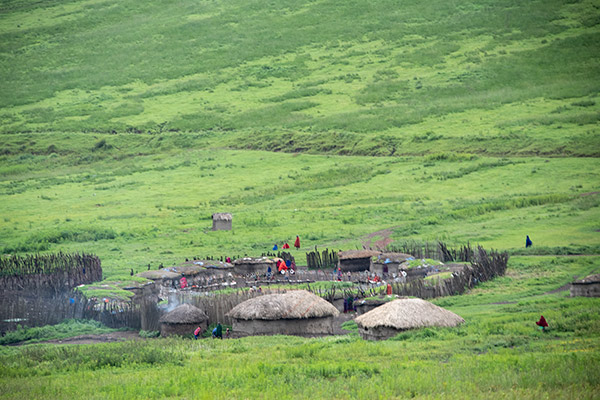
Masai Village
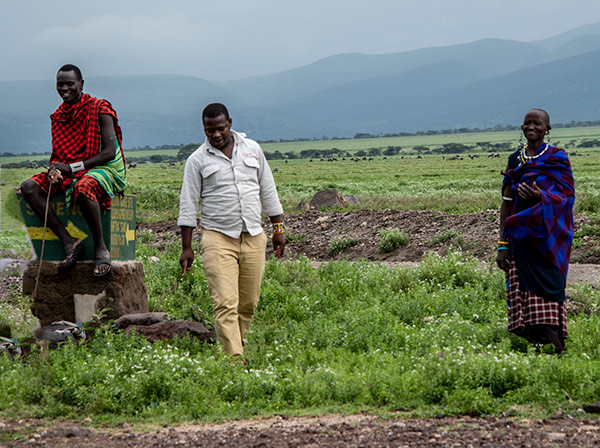
Masai
Augur Buzzard, sitting on a tree relatively far is the first to come across. Being at a distance, it undermining efforts to get its clear picture.
Then moving forward you come across few Masai Giraffes with distinct jagged albeit attractive spots all over their bodies. Known to be the tallest living terrestrial animals, these endangered species are now involved in extracting leaves from the whistling-thorn acacia leaves. One among them though inquisitively looks at you as you cross by.
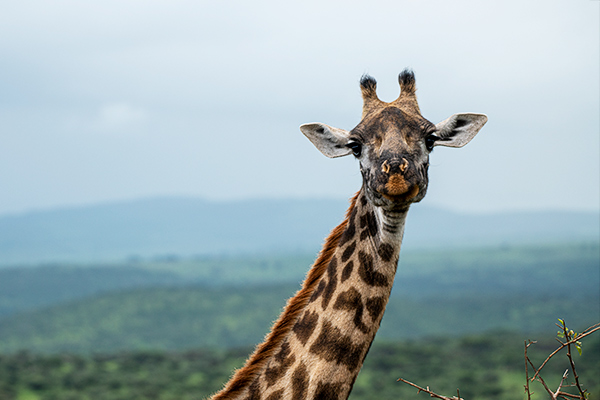
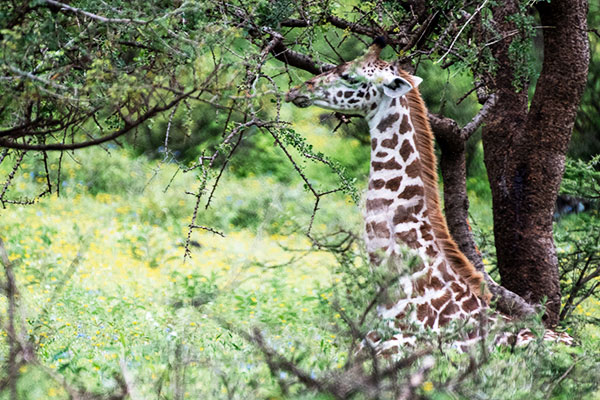
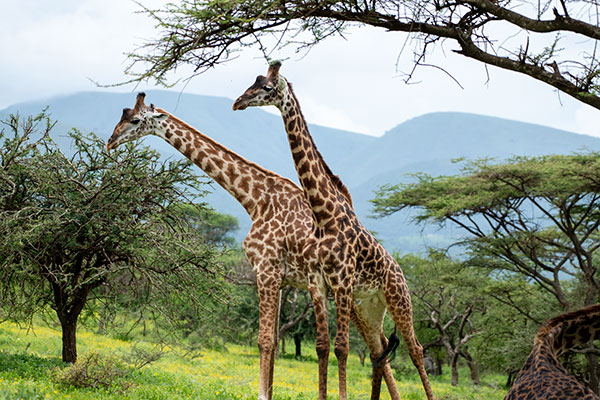
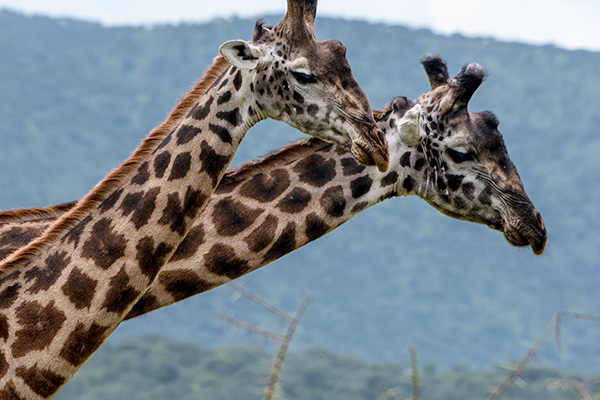
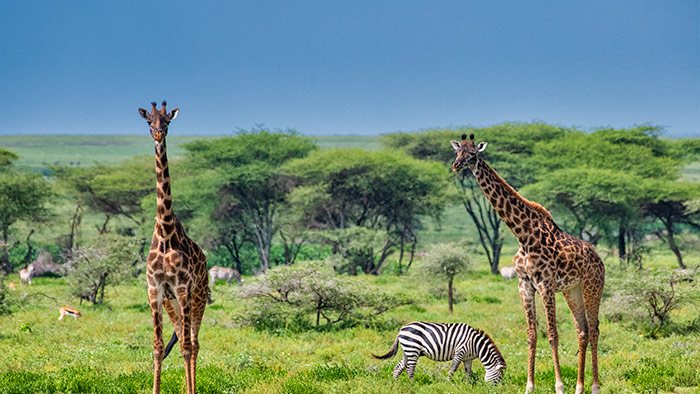
Zebras with bold patterns on their coats and Impalas, considered medium-sized antelopes, being endemic to this area keep coming all along.
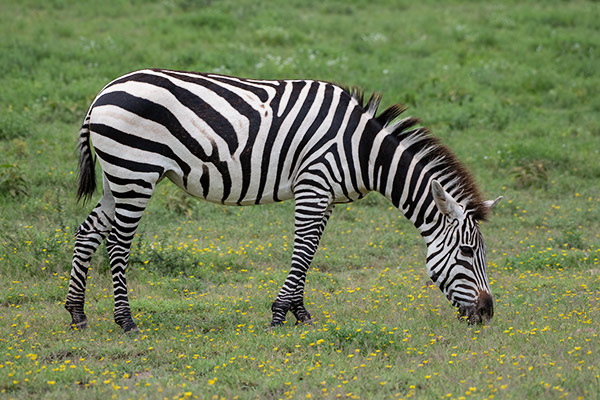
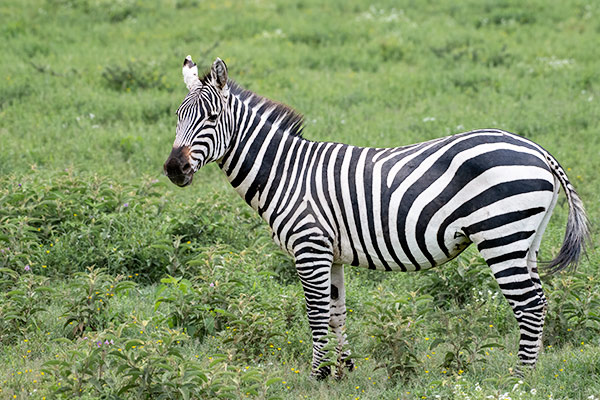
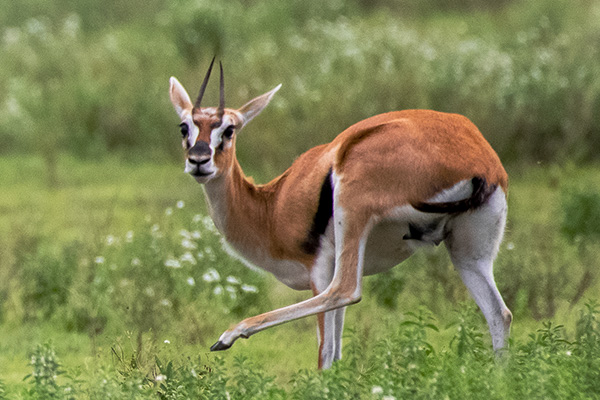
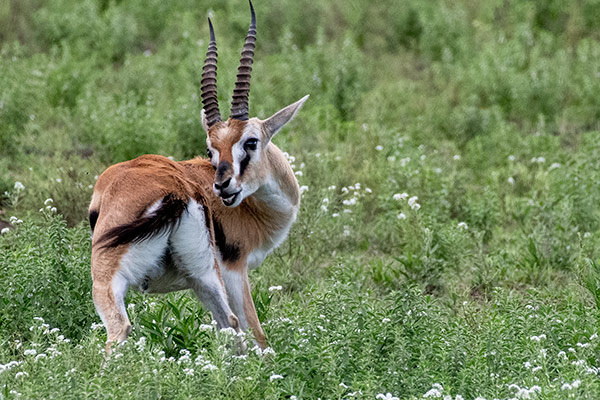
In the plains now are these agile flock of White Storks contrasting with the nondescript Marabou Storks who are seen to move with amazing calm.
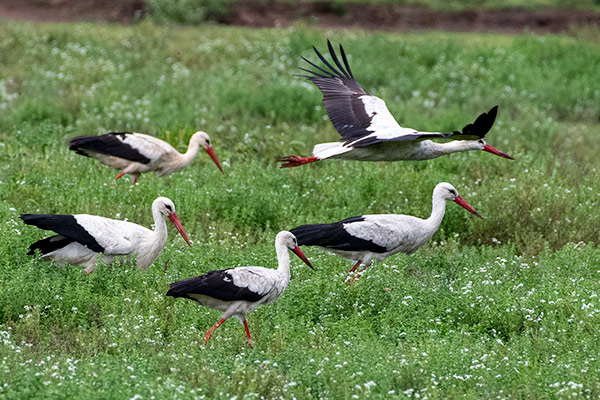
White Storks
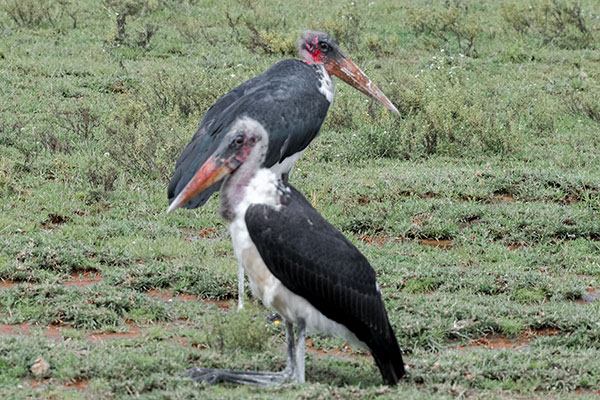
Marabou Storks
Next you see the Thomson’s and Grant’s Gazelle. Interestingly the name ‘Gazelle’ is taken from a Persian word ‘Gazal (poem)‘ and it symbolizes ‘love’. ‘Gazelle’ is also associated with the ‘female’ beauty in the Arabic literature.
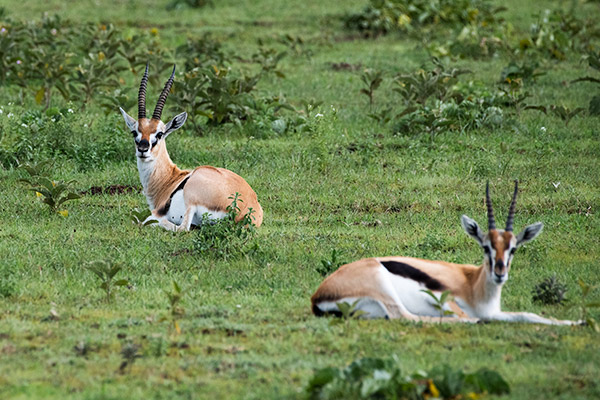
Grant’s Gazelle
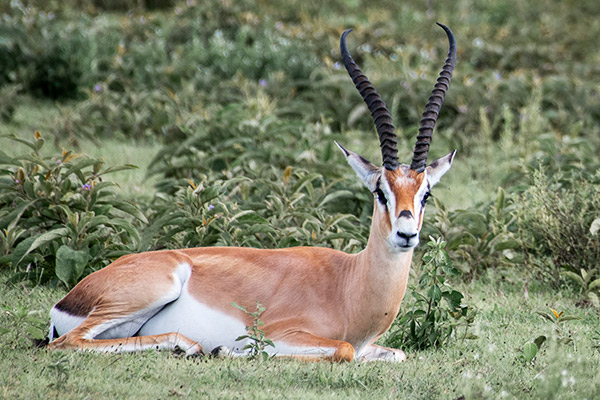
Grant’s Gazelle
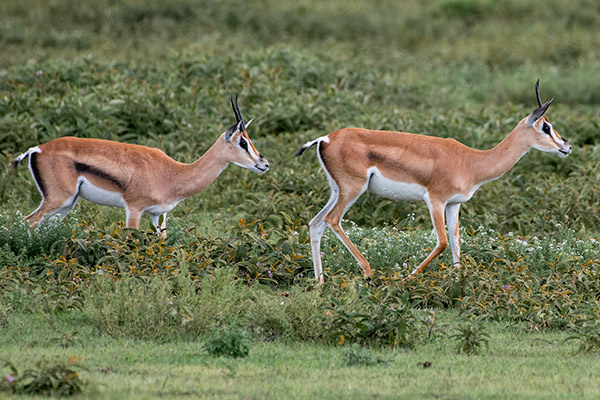
Thomson’s Gazelle
As the cool breeze touches pass you, there’s another one belonging to the Stork family – ‘Abdims Stork‘ is seen around. This is followed by an attractive black & white ‘Blacksmith Plover‘ alias ‘Blacksmith Lapwing‘.
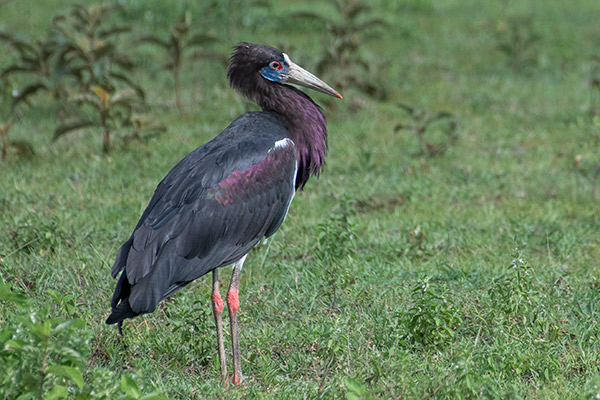
Abdims Stork
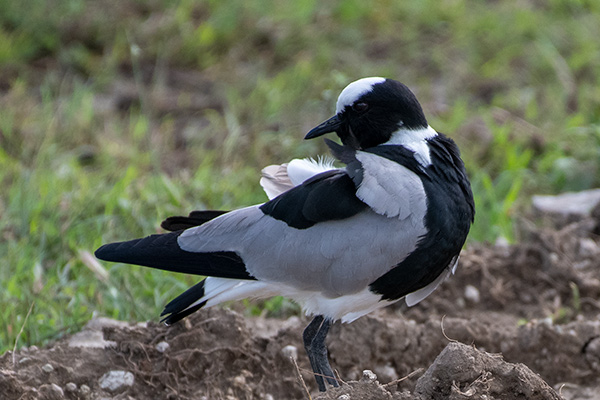
Blacksmith Plover
Closer to Ndutu Lake this charming mid-size yellow-black bird belonging to the weaver family – Lesser Masked Weaver, attracts your attention. Her compelling expressive eyes compels you to halt and take its pictures.
Then a Grey Heron and Blue Whydah too cannot be ignored. They too are unique in their respective ways.
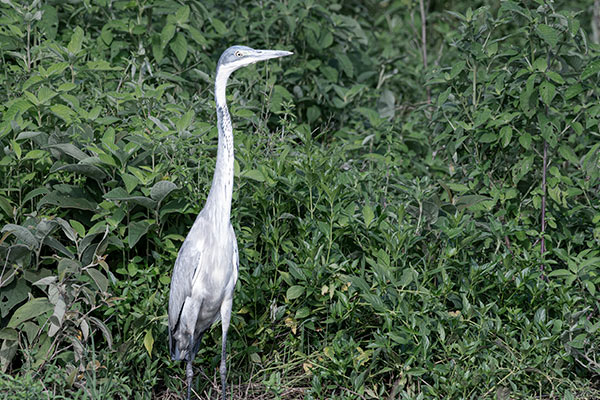
Grey Heron
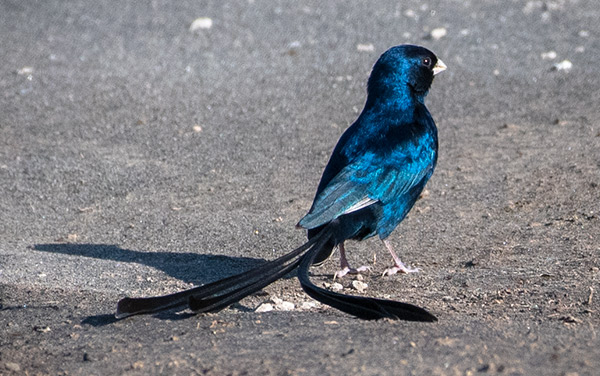
Blue Whydah
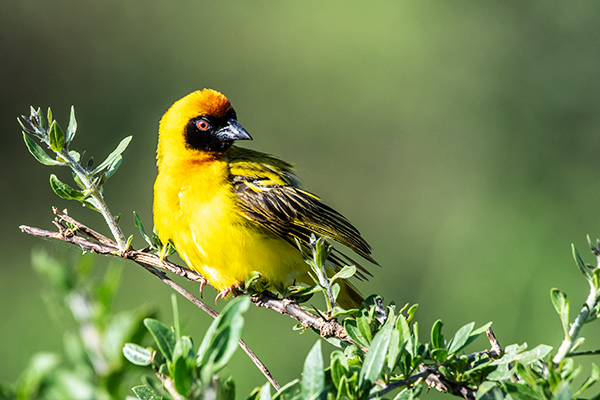
Lesser Masked Weaver
Little away from the lake, another set of Zebras cross before you. One of them is surely thirsty. Respecting priorities, you wait till this one hydrates itself and clears way.
Eland Antelope is one that looks more like an Indian Bull. Strong and sturdy. You see one walk in the plain nonchalantly just meters away. Double Banded Courser, another kind of Lapwing is supposedly among the last before you enter the climax.
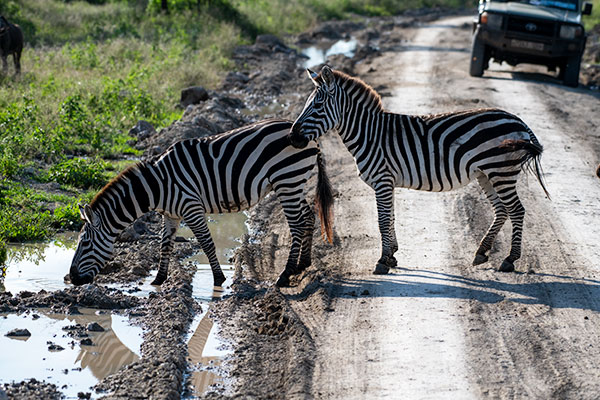
Zebra
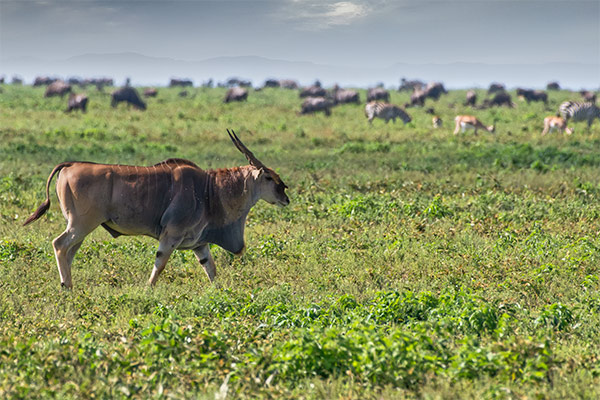
Eland Antelope
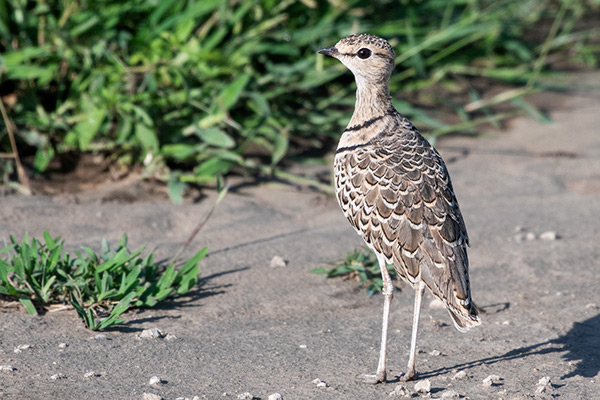
Double Banded Courser
Lake Ndutu
Just as you reach near the bank of the lake, you see a group of safari vehicles lined up at some distance. An definite sing of something serious and probably interesting you may witness soon.
Just as Kimando turns towards that direction, you see a fully grown lean and lanky female Cheetah with tan colored fur and black spots in motion. Your palpitation are now palpable as this predator’s posture suggests that she’s sourcing a kill. (Cheetah, as you know is the fastest land animal who can run at the speed of 80 – 120 kms/hour to reach its victims.)
After getting close to the scene of action, your excitement is ratcheted seeing two fascinating cubs who till now seemed camouflaged in the grass, also accompany their mother.
The beauty of these round eared agile cuties with a pair of unmistakable unique black markings that run from inside of each eye up to the corner of their mouth is absolutely captivating.
Kimondo, with gaming experience behind him, positions your jeep at such an angle that it helps you get the best view of the trio. Needless to say, Your camera clicks are now unstoppable endeavoring to capture their every action.
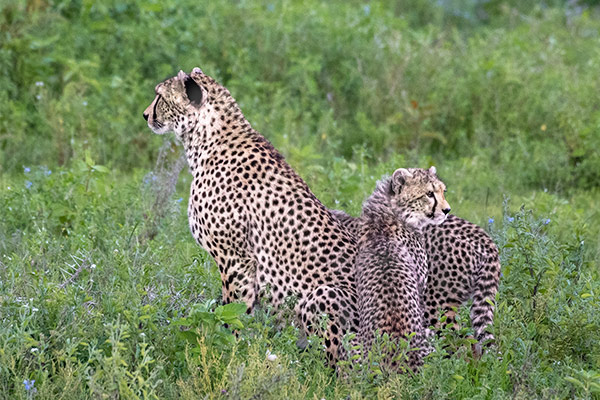
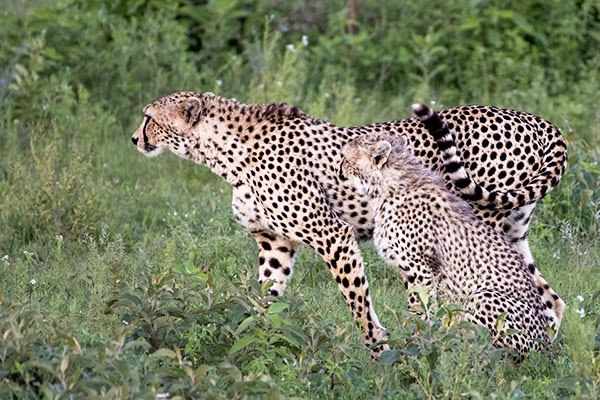

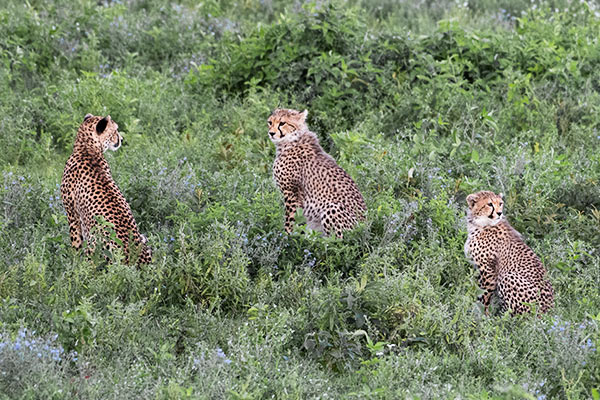
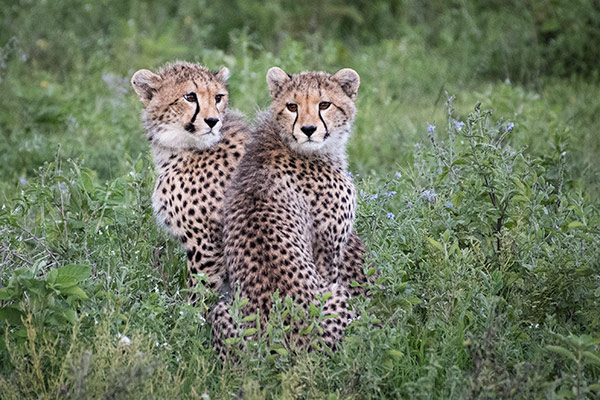
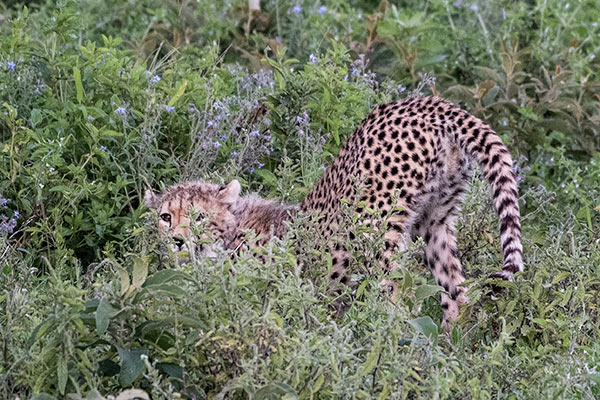
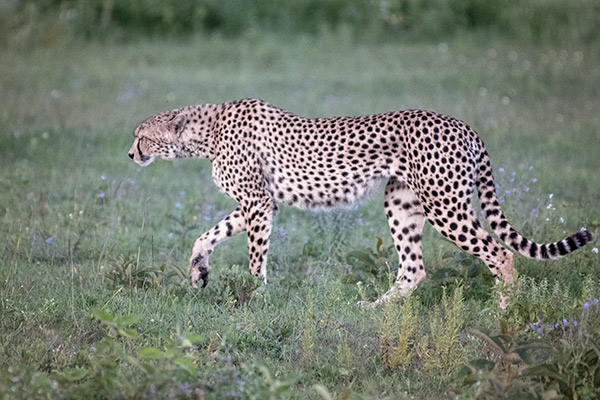
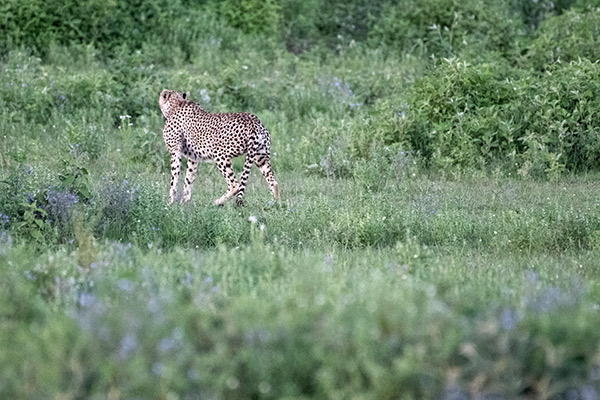
Sadly, her pray for a prey remains unanswered. Still hopeful, she then moves slyly forward and goes deeper into the jungle with her cubs following closely behind.
Soon as she disappears, all the vehicles too begin to disperse, one after the other.
However, before you reach the place of your night stay, there is another challenge to surmount. You have to cross the river and go to the other side to reach the lodge. This is really scary. Chance of your vehicle getting stuck amidst the soft soil is not ruled out. In-fact one of them, as you see, already has.
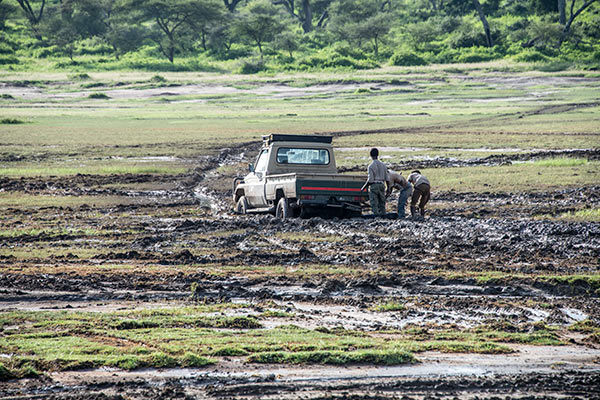
Kimando therefore choses the shallowest part of the area that could be comparatively safer. You, nevertheless keep your fingers crossed as he adroitly manages to balance the gear and accelerator to get you through.
With a sigh if relief, you reach the other side. Not too far away is this beautiful Lake Ndutu Luxury Tented lodge surrounded by huge mass of acacia trees and lending a clear view of Lake Ndutu.
Every cottage here is spacious, well-kept and extremely comfortable. So after getting fresh, you now reach the dining hall located a few cottages away. Sumptuous wine and elaborate spread of dinner served as a part of buffet then follows.
Next day it is time to explore the fabled Area of Ndutu Park. So with great hope, anticipation and excitement you hit the bed. Its time now for a good rest……….


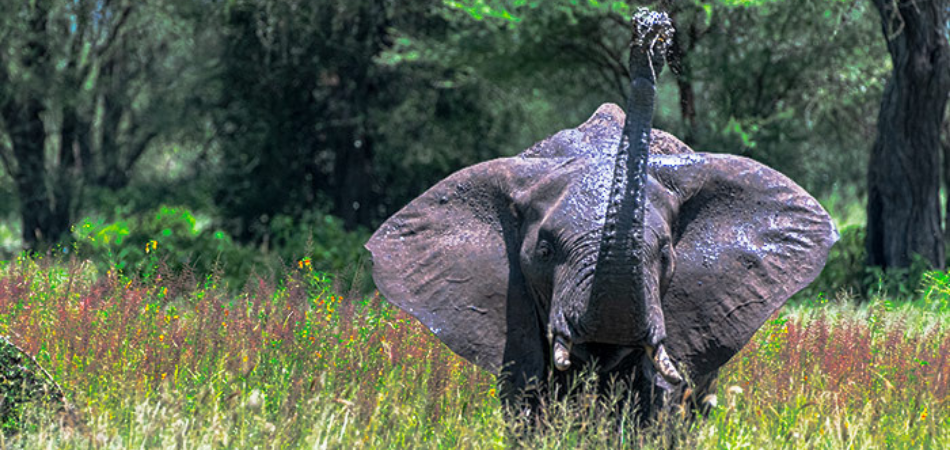
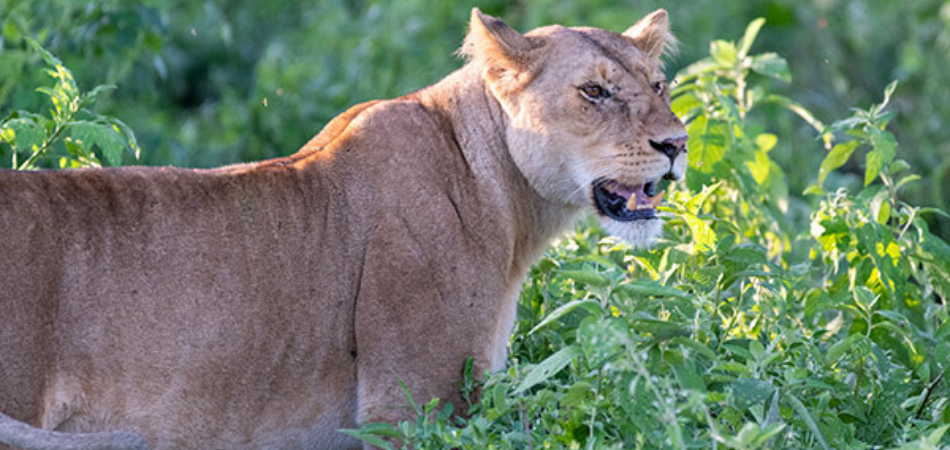
Murty Joka
Wonderful blog. Beautiful images 👌
Narinder Singh
Gorgeous as ever! Nice clicks of beautiful birds! World is endless to explore!
lk-fss.ru
Consisting mainly of sweeping grasslands, the Ndutu area in the northern part of the Ngorongoro Conservation Area joins the Serengeti. As such, it forms part of the annual migratory route of hundreds of thousands of wildebeest, zebra, antelope and their predators who come to graze and calve between November and March, depending on the rains. The forests around Lake Ndutu and small koppies are also home to prolific resident wildlife. In the dry season from June to November resident elephant, giraffe and big cats gather at waterholes
Dr. Subhash Angadi
Experiential engagement with the flora and fauna…
Great writing with beautiful photographs….I particularly like the hyperlinks for details.. Enjoyed the travelogue..12/12/2020